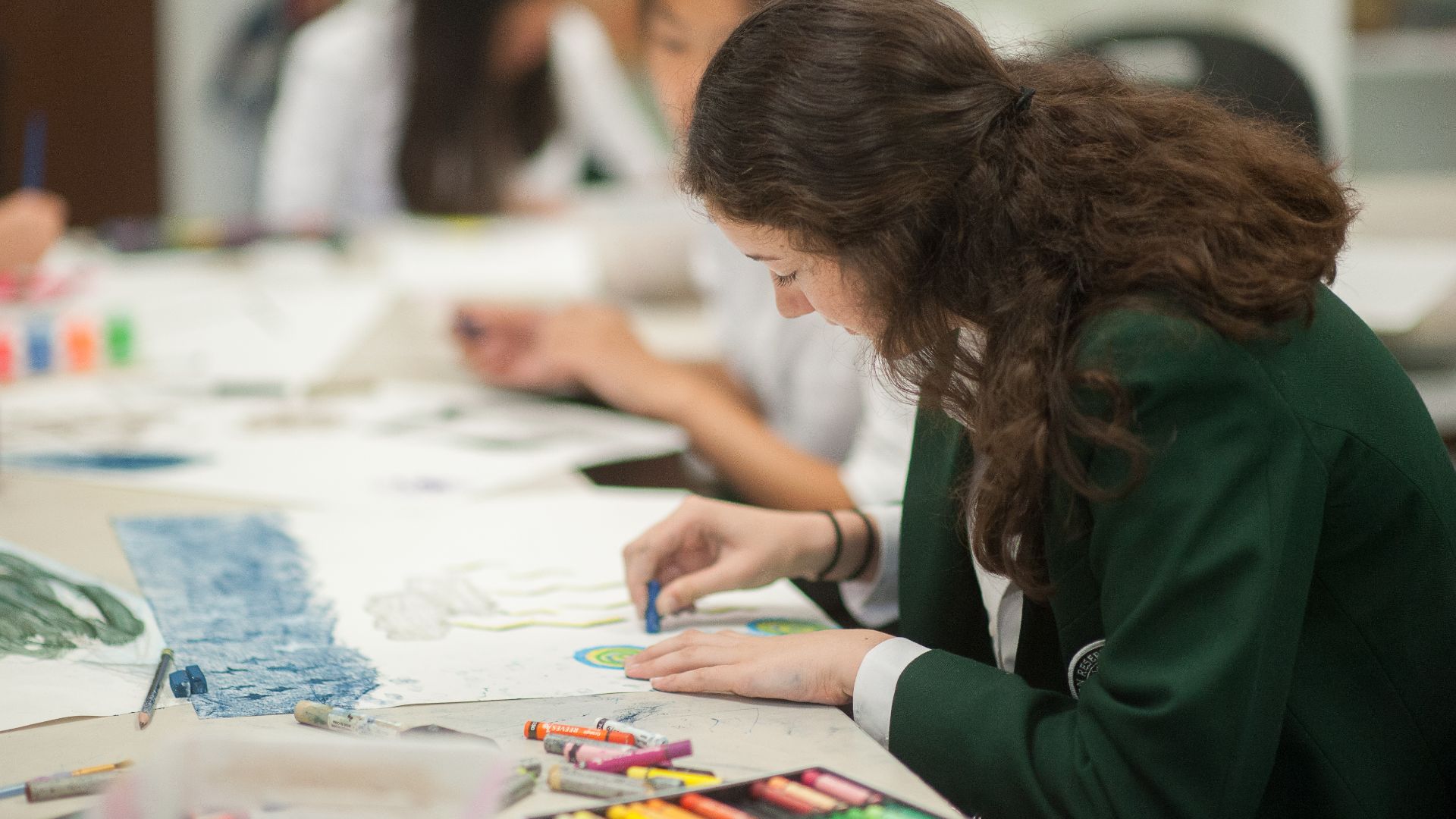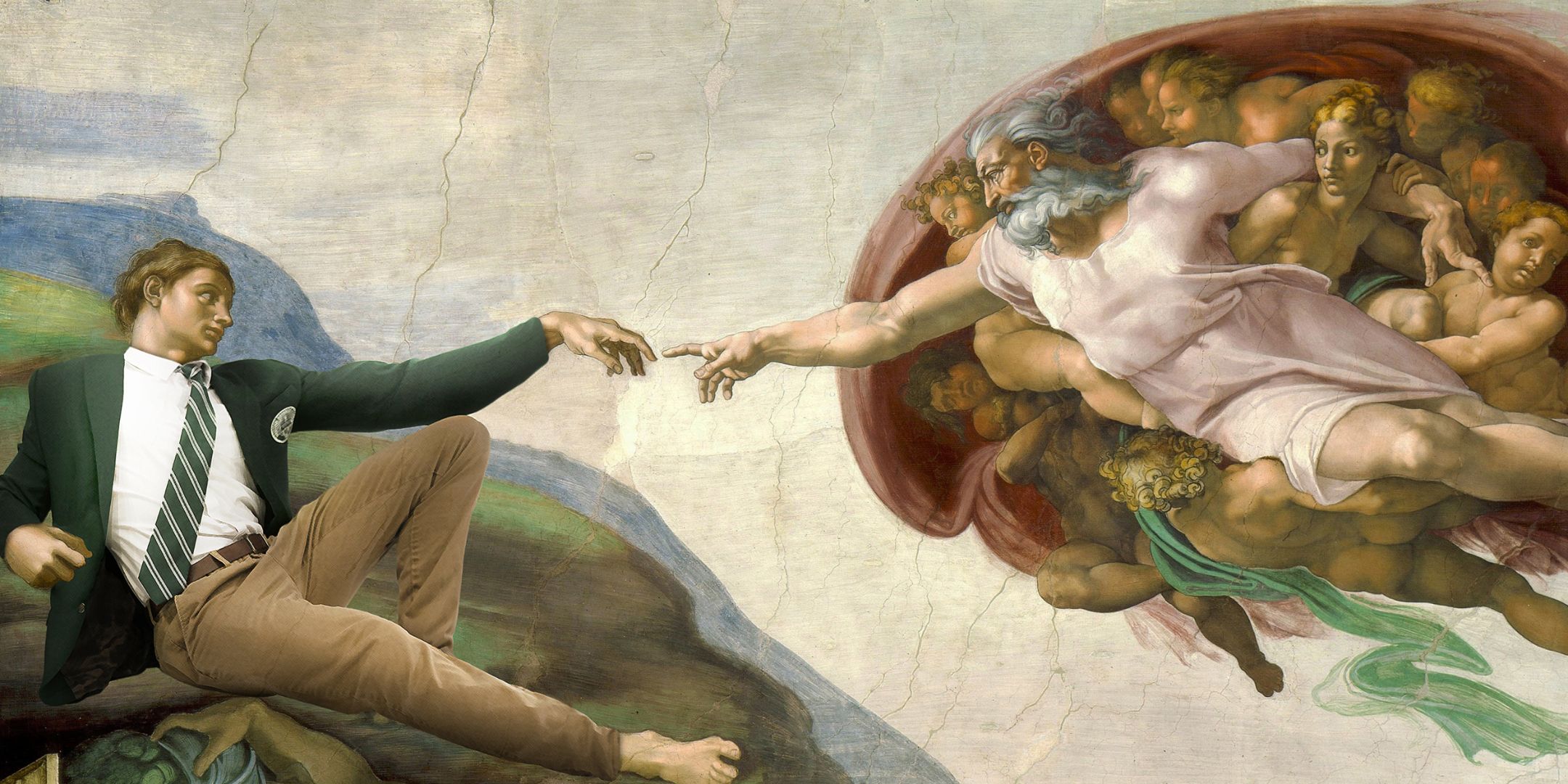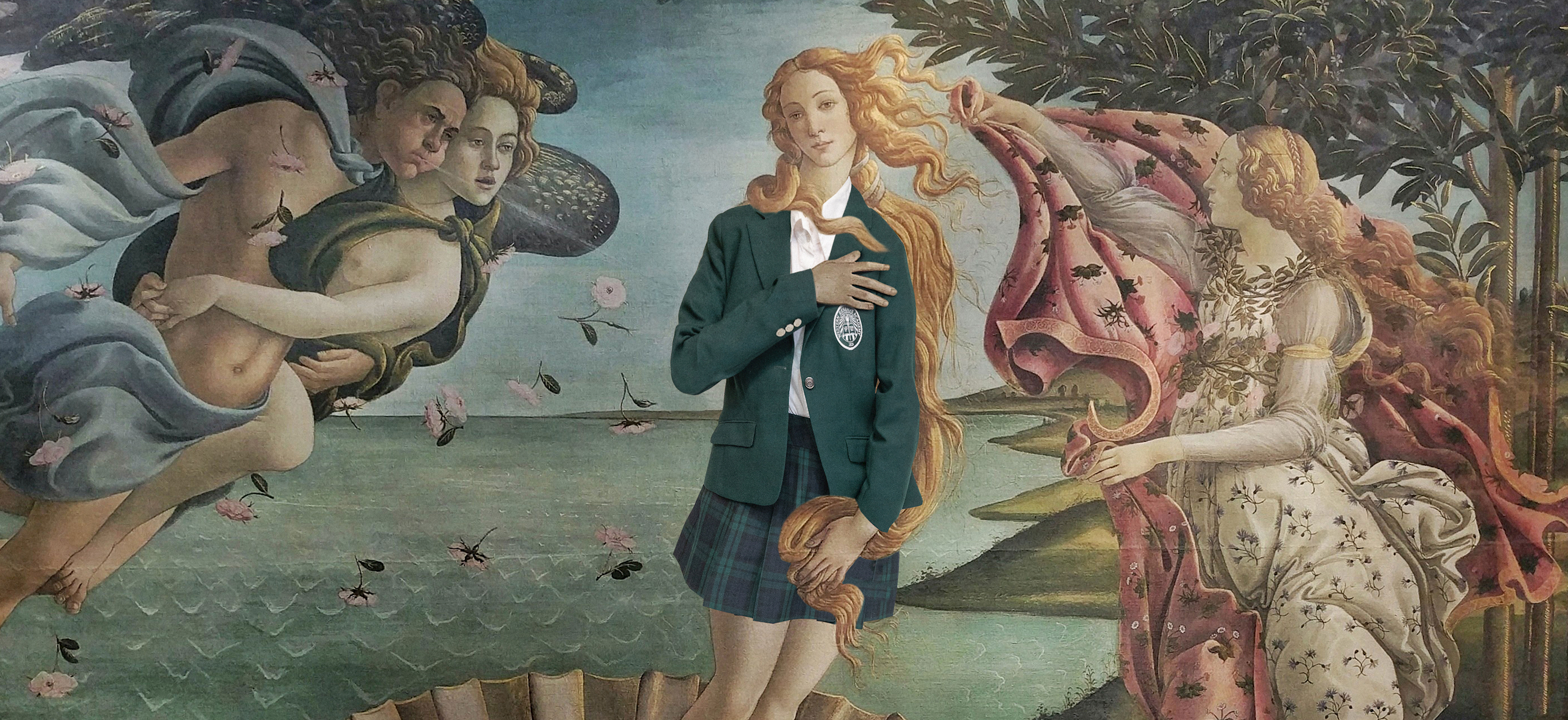In our well-appointed studios, they develop their creative aptitude and sensitivity to the visual world.
Visual Arts Highlights
- Two- and three-dimensional studios with work stations
- Spacious, well-ventilated sculpture and ceramic kiln rooms
- Production area for digital design
- A fully equipped digital media lab
- The Moos Gallery, a year-round showcase for both student and professional artists.

Courses on Offer

The Seymour Portrait Series
On the third floor of our Seymour Hall, you’ll find a one-of-a-kind gallery featuring some familiar faces and sights. Dubbed the “Portrait of a Pioneer" gallery, the framed artwork on the walls are masterpieces remastered, dressed in Reserve Green or bearing imagery that is iconically Reserve. Frame after frame of heroes and history makers, works of art and record breakers, celebrities and some of the most iconic images in our collective memory. We dressed them in Reserve Green, our symbol and marker of a Pioneer, because so many of them paved the roads that we now follow. These images reflect the qualities and the potential we see in all of our students, with the same spirit, tenacity, curiosity, grit, courage and wonder that made these humans exceptional.
